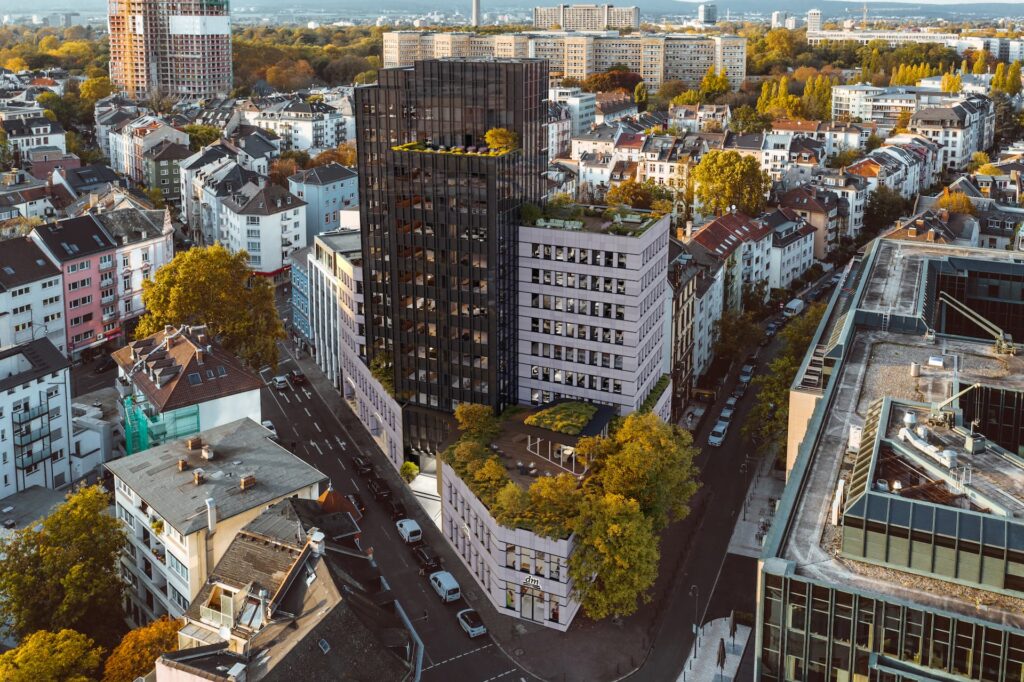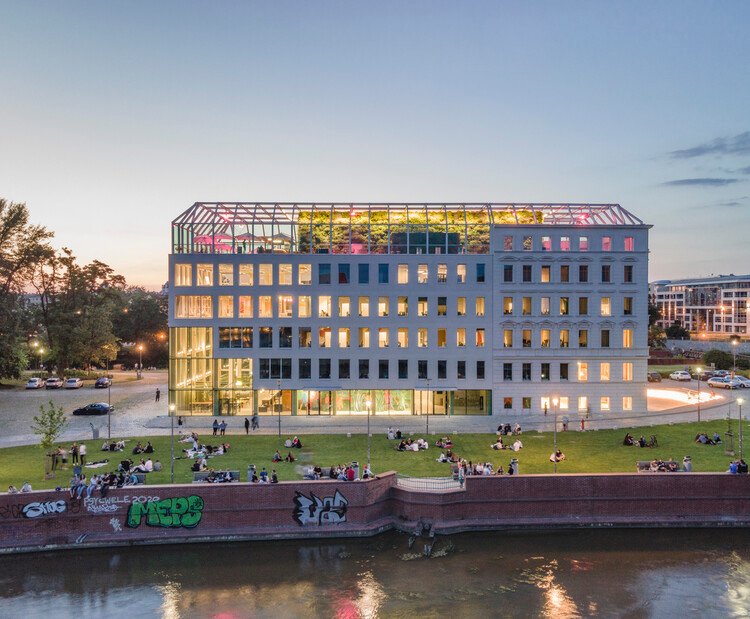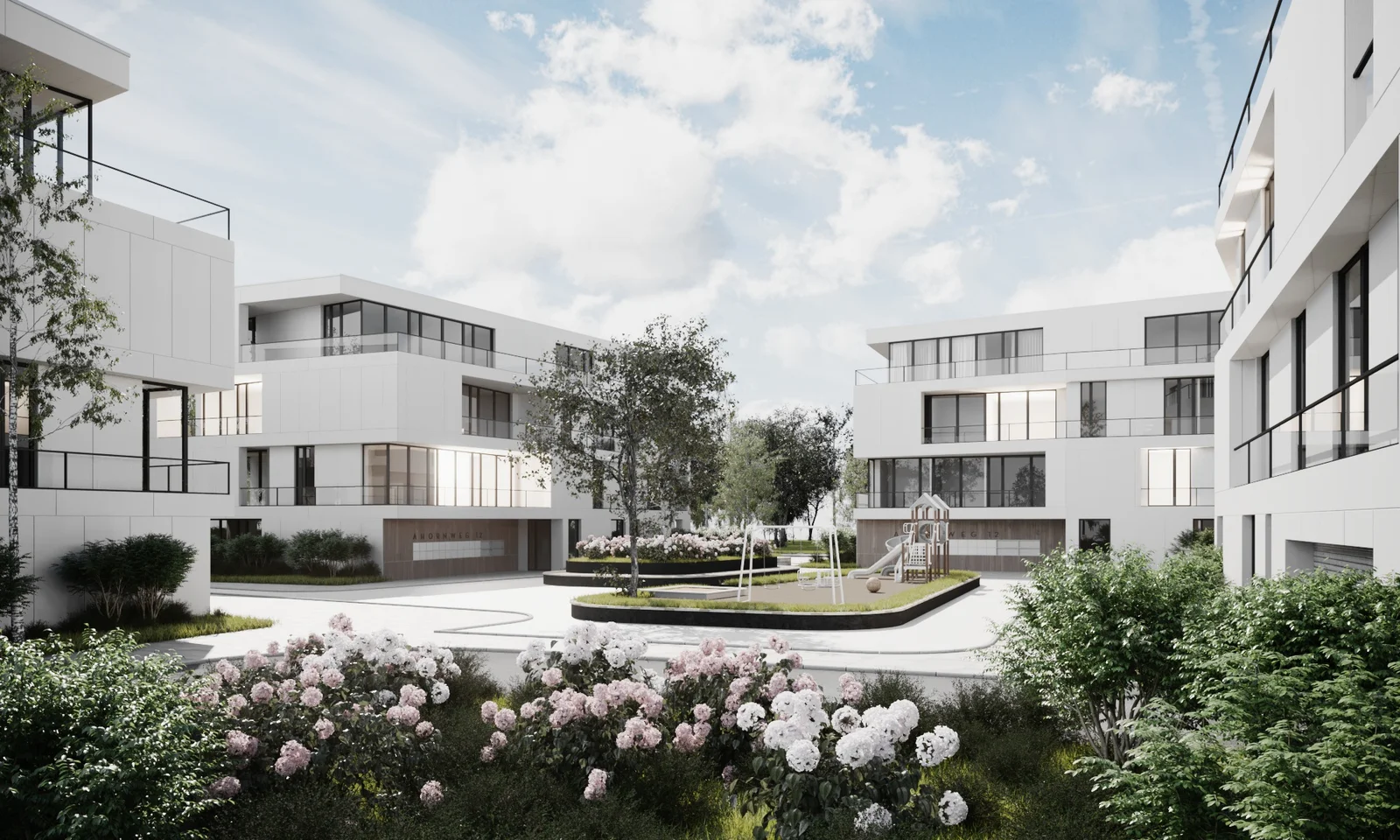How 3D Technology Enhances Luxury Hotel Design Processes
Technological advancements have revolutionized all industries, and the hospitality sector is no exception. One significant innovation that has significantly impacted the luxury hotel industry is 3D technology. This technology has transformed the design processes of luxury hotels, enhancing efficiency and effectiveness. This blog post will delve into the ways 3D technology has been instrumental in enhancing luxury hotel design processes.
The Impact of 3D Technology on Luxury Hotel Design
From conceptualization to the final design, 3D technology has proven to be a game-changer in the creation of luxury hotels. It allows architects and designers to visualize their ideas and bring them to life in a way that was previously not possible. This technology has not only streamlined the design process but also resulted in more refined and sophisticated hotel designs.
Visualizing Design Concepts
One of the primary benefits of 3D technology is the ability to visualize design concepts. Unlike traditional 2D sketches, 3D models allow architects and designers to view their designs from all angles, enabling them to spot any potential design flaws early in the design process. This can save considerable time and money that would otherwise be spent on rectifying these issues later on.
Enhancing Collaboration
3D technology also enhances collaboration among design teams. By providing a realistic model of the hotel, it enables all stakeholders to have a clear understanding of the design, thus facilitating more effective communication and collaboration. This not only speeds up the design process but also ensures that the final design meets all expectations.
The Role of 3D Technology in Luxury Hotel Design
3D technology has proven to be a game-changer in various industries, and the luxury hotel industry is no exception. The use of this technology significantly enhances the design process, allowing designers to create more accurate, detailed, and realistic design plans.
Enhanced Visualization
One of the most significant benefits of 3D technology in hotel design is enhanced visualization. Traditional 2D plans, while useful, lack depth and detail. On the other hand, 3D models offer a more comprehensive view of the design, enabling designers, stakeholders, and clients to visualize the final product accurately.
Through 3D technology, intricate details such as lighting, furniture placement, and texture can be accurately represented. This not only allows for more accurate planning but also helps in identifying potential design issues before they become costly mistakes.
Improved Collaboration and Communication
3D technology also enhances collaboration and communication throughout the design process. With 3D models, it’s easier to communicate design ideas and concepts to stakeholders and clients, who may not have the technical expertise to understand 2D plans.
These 3D models can be easily shared and viewed on various devices, making it possible for multiple parties to review and provide feedback simultaneously. This not only saves time but also ensures everyone is on the same page, reducing the risk of miscommunication.
The Impact of 3D Technology on Luxury Hotel Guest Experience
The use of 3D technology in luxury hotel design processes does not only benefit the designers and stakeholders but also significantly impacts the guest experience.
Creation of Immersive Experiences
With 3D technology, designers can create immersive experiences that enhance the overall guest experience. This includes virtual reality tours that allow potential guests to experience the hotel before they make a booking.
These virtual tours give guests a realistic feel of the hotel, from the layout of the rooms to the amenities and services offered. This not only helps in decision-making but also sets the right expectations, leading to higher guest satisfaction.
Personalization of Spaces
3D technology also allows for the personalization of spaces, a trend that is increasingly becoming popular in the luxury hotel industry. By using 3D models, designers can create personalized environments that cater to the specific needs and preferences of guests.
This level of personalization not only enhances the guest experience but also sets the hotel apart from the competition, giving it a competitive edge in the industry.
In conclusion, 3D technology is revolutionizing the design process in the luxury hotel industry, offering numerous benefits for designers, stakeholders, and guests. As this technology continues to evolve, we can expect to see even more innovative and immersive designs in the future.In conclusion, 3D technology significantly enhances luxury hotel design processes by providing a clearer vision, reducing errors and costs, allowing for customizations, and improving client engagement and satisfaction. This technology is an invaluable tool for architects, designers, and hoteliers, enabling them to create more precise, efficient, and luxurious designs. As we move forward, we can only expect this technology to become even more integral to the industry, continually raising the bar for what is possible in luxury hotel design.







